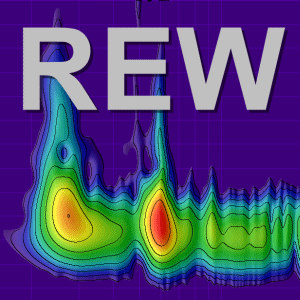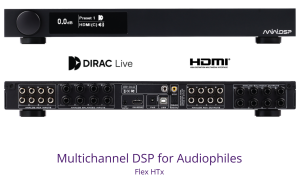robbnj
Member
Thread Starter
- Joined
- Oct 24, 2022
- Posts
- 38
More
- Preamp, Processor or Receiver
- Denon
- Main Amp
- B&O icePower
- DAC
- Denon
- Computer Audio
- JRiver
Hello all. Looking for some ideas on the best way to tackle this one.
Story: I got a set of Linaeum-tweeter based bookshelf speakers. Refoamed them, checked x-over, did the "port mod" and the "capactior" mod that are highly recommended.
I really like the sound of them, but they seem to have a bit of "megaphone honk". Not sure if it's caused by room (9ft x12 small office), or the speakers, or both.
I did a sweep from my listening area and came up with the results below. For fun, I did an EQ filter and then plugged all 19 points into my DSP. Not shocked that it sounded like butt
Looking at the sweeps (Right, Left, Both, in that order; Var smoothing), anyone have a suggestion on what areas I should tackle?
Maybe just the major peaks and troughs from 100-400, then do a wide reduction on the 500-1K area to reduce the honk?
The DSP I'm using is not easy to go in and just tinker with until it sounds right, so I'm trying to approach it with a plan that will at least get me going in as close to the right direction as I can.
I can do independent or combined channels of parametric EQ with virtually unlimited points.



*Mods - Feel free to correct my thread subject misspelling, lol
Story: I got a set of Linaeum-tweeter based bookshelf speakers. Refoamed them, checked x-over, did the "port mod" and the "capactior" mod that are highly recommended.
I really like the sound of them, but they seem to have a bit of "megaphone honk". Not sure if it's caused by room (9ft x12 small office), or the speakers, or both.
I did a sweep from my listening area and came up with the results below. For fun, I did an EQ filter and then plugged all 19 points into my DSP. Not shocked that it sounded like butt
Looking at the sweeps (Right, Left, Both, in that order; Var smoothing), anyone have a suggestion on what areas I should tackle?
Maybe just the major peaks and troughs from 100-400, then do a wide reduction on the 500-1K area to reduce the honk?
The DSP I'm using is not easy to go in and just tinker with until it sounds right, so I'm trying to approach it with a plan that will at least get me going in as close to the right direction as I can.
I can do independent or combined channels of parametric EQ with virtually unlimited points.
*Mods - Feel free to correct my thread subject misspelling, lol
Last edited:














